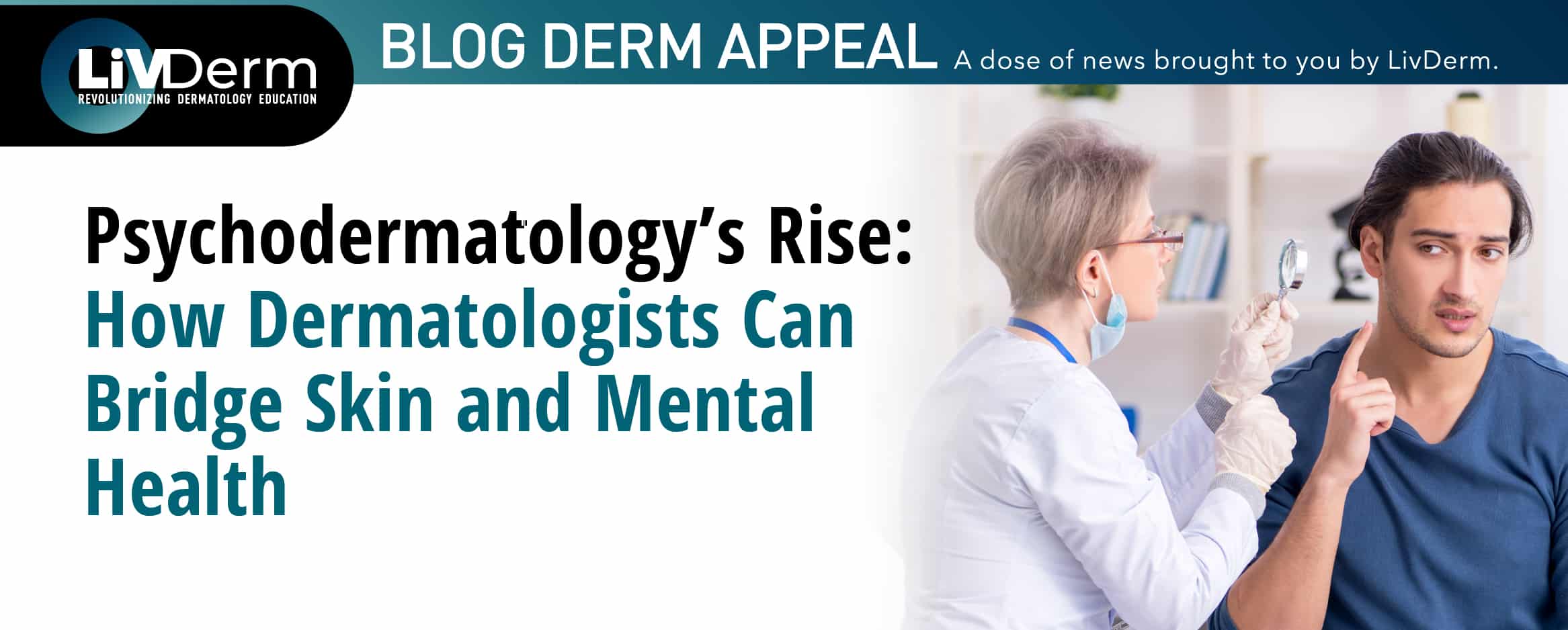
Arcutis Biotherapeutics has announced that the U.S. Food and Drug Administration has accepted for review their new drug application (NDA) for roflumilast foam 0.3% for the treatment of seborrheic dermatitis in patients aged nine years and older.
This review comes after positive results of a phase 3 randomized trial which included 457 participants who were given either roflumilast foam 0.3% or vehicle for eight weeks. The aim was to examine the safety and efficacy of roflumilast foam 0.3% in patients aged nine years and older with at least moderate seborrheic dermatitis.
At the end of the eight-week period, 79.5% of patients who received roflumilast foam 0.3% achieved an Investigator Global Assessment Success compared with 58.0% who were treated with vehicle. Furthermore, 51.3% of patients treated with roflumilast foam achieved complete clearance by week eight. The study also demonstrated significant improvement of secondary endpoints in those who were treated with roflumilast foam compared to vehicle. These included itch, scaling, and erythema.
According to Peter A. Lio, MD, clinical assistant professor of dermatology and pediatrics at Northwestern University Feinberg School of Medicine in Chicago, Illinois, “Roflumilast has already proven itself to be an excellent addition to our armamentarium for psoriasis, and I am optimistic that it will be valuable in treating seborrheic dermatitis as well. I applaud Arcutis for focusing not only on the drug, but also on the topical formulation, something extremely important in treating skin disorders.”
President and CEO of Arcutis Biotherapeutics, Frank Watanabe states, “The acceptance of the NDA for roflumilast foam marks a major milestone toward our goal of bringing a steroid-free, topical foam treatment option to market, addressing a significant unmet need for individuals living with seborrheic dermatitis.” If approved, roflumilast foam 0.3% will be the first topical drug with a new mechanism of action for seborrheic dermatitis in over two decades.
















